#nː
Text
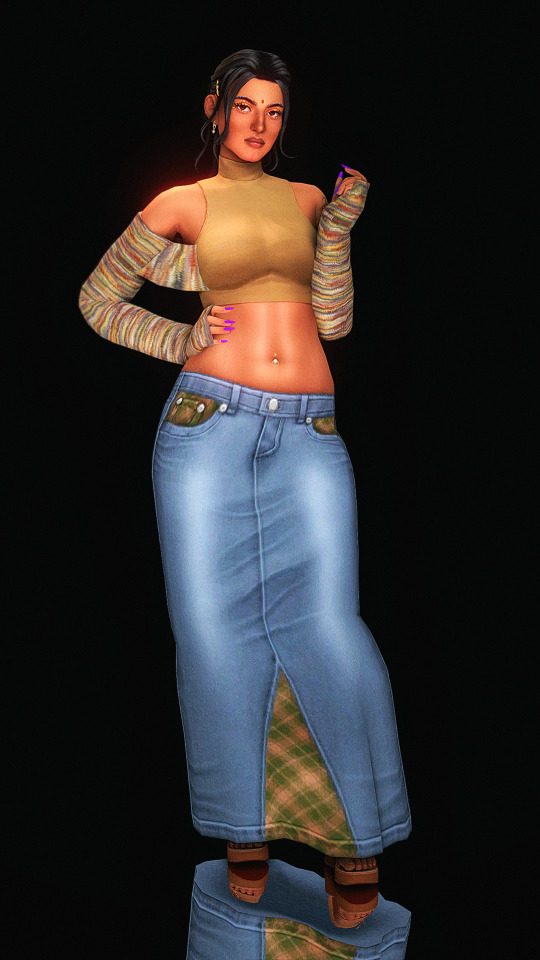




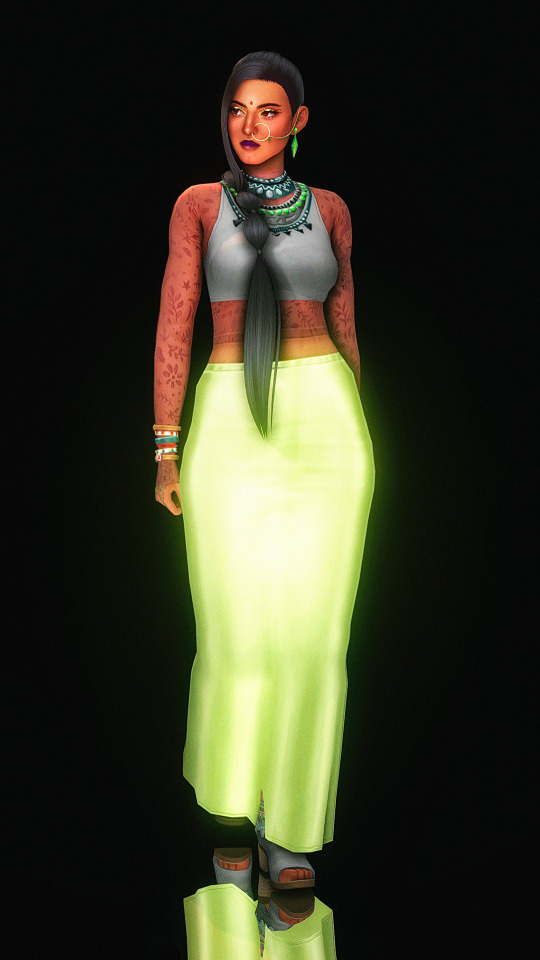
in your dreams✨
#ts4#ts4 lookbook#sims 4 cas#the sims 4#the sims#simblr#s: divya#starts my 2024 blogging sims with divya servingcunt 😋#maxis match#nː
602 notes
·
View notes
Text
Ven’, ’ne and ’shya—phonology of Mando’a affixes
Many Mando’a affixes have forms that alternate depending on the phonological environment. Mando’a suffixes that end in a stop, elide the stop before a consonant. Suffixes that end in vowel, elide the vowel before a vowel.
So what about suffixes that end in a nasal? In the dictionary, ven is technically always ven and does not alternate depending on the next word. The reason seems to be that Mando’a allows nasal (or sibilant) + stop combinations, so it doesn’t get elided before a consonant.
But what about before another nasal? I figure there are two options: either it gets elided and becomes ve’ OR it gets pronounced with a double length. So before an n, the two n’s would be pronounced /nː/—for example ven’nau’ur would be pronounced /venːɑʊ̯ʔʊɾ/. And before an m, the n would be pronounced as another m /mː/ (nm is really hard to pronounce, so this is what tends to happen at least in the natural languages that I happen to speak)—so for example ven’mareyir would be pronounced /vemːɐɾeɪ̯ʔiɾ/. Same thing would happen to ’ne, the superlative: “most difficult” would be either umaane /ʊmɑːne/ or umaan’ne /ʊmɑːnːe/.
Perhaps both options are true for different dialects. I like me dialects in conlangs.
Mando’a also allows sibilant + stop combinations, so what about affixes with sibilants? We have ’shya, the comparative, and in the dictionary we have a couple of examples of it attaching itself to a base ending in a sibilant:
chaaj’yc, far > chaashya, further
dush, bad > dush’shya, worse
Why are those different. Why. They are also different in a way that doesn’t make sense. In many languages, the comparatives of good (good, better, best) and bad (bad, worse, worst) are irregular while other comparatives are regular. The reason is probably the frequency: good and bad are really common words and so are their comparatives, so the forms get preserved and drift apart with time. The opposite has happened here: worse is regular, further irregular. So I propose that dush’shya should be dushya and have changed it in my dictionary.
Following this logic, other words ending in s, sh, ts, ch, or j would also get that sound elided before ’shya. I’ve also treated h as a ”weak” consonant, so it elides in some environments that other consonants (or glottals) don’t. For example, kih > kishya.
But what about stridents, or affricates that aren’t sibilants? In Mando’a, those would be /φ/ and /v/. So for example, is more free mav’shya or ma’shya? Maybe it depends on how articulate the speaker is: chaav’shya when one is speaking clearly, chaa’shya when one is speaking fast or mumbling… But since it would be pretty hard to guess what ma’shya is supposed to be, I guess the standard practice is to leave the v in place.
#mando’a#mandoa#mando’a language#ranah talks mando’a#mando’a linguistics#mando’a phonology#mando'a#mando’a morphology
14 notes
·
View notes
Text
introducing arissi
vowels:
/ɑ/ a
/ɑː/ aa
/e/ e
/eː/ ee
/i/ i
/iː/ ii
/o/ o
/oː/ oo
/u/ u
/uː/ uu
/y/ y
/yː/ yy
/ø/ ö
/øː/ öö
/æ/ ä
/æː/ ää
consonants:
/d/ d
/h/ h
/j/ j
/k/ k
/kː/ kk
/l/ l
/lː/ ll
/m/ m
/mː/ mm
/n/ n
/nː/ nn
/p/ p
/pː/ pp
/r/ r
/s/ s
/sː/ ss
/t/ t
/tː/ tt
/ʋ/ v
arissi /ɑris:i/ also means hedgehog
6 notes
·
View notes
Text
Lexember Day 19
Tši̜nnag, pl. tšinnege [t͡ʃɪˈnːɐg], [t͡ʃiˈnːegʲe]
Nne̜nag, pl. nennege [nːɛˈnɐg], [neˈnːegʲe]
Si̜nnag, pl. sinnege [sɪˈnːɐg], [siˈnːegʲe]
All three of these mean “friend”, differentiated by gender, respectively female, male, and androgyn (3rd gender/nonbinary) or epicene. The feminine and androgyn singular forms are slightly irregular, as they would be expected to be *tšine̜nag and *si̜ne̜nag, the -e̜- was lost irregularly, resulting in a geminate /nː/. The same irregular contraction occurred in all three in the plural. This contraction did not occur in the masculine singular since the masculine singular already had a geminate /nː/ at the beginning of the word (some speakers do use the form ne̜nnag, influenced by the other genders, but this is stigmatized)
The etymology is from Kasshian chinailanrau (chi- replaced with na- or su- in the other two genders), from nai- “one who” + lan- “with” + lau “to eat”, thus, “a person one eats with”, “one with whom one shares food”
6 notes
·
View notes
Text
Ishu letter modifiers
Ishu is defined by its use of multigraphs that change an original letter’s sound in quite dramatic ways. Some of these changes are small and/or predictable, others are not. Here is the full list of the modifying letters.
In the examples I’ll use the letter ⟨tt⟩ due to the fact that it acts the same way as ⟨t⟩, but is pronounced /t/ in all positions.
C c
⟨c⟩ is the gemination sign which comes before the letter it modifies. ⟨ctt⟩ is pronounced /tː/
Y y
⟨y⟩ is the soft palatalization sign. It comes after the letter it modifies. ⟨tty⟩ is pronounced /tʲ/
Usually this letter is pronounced /j/ when not modifying another letter
J j
⟨j⟩ is the hard palatalization sign. It comes after the letter it modifies or before it when apart of a previous syllable. ⟨ttj, -jtt⟩ is pronounced /t͡ɕ/
Usually this letter is pronounced /j/ when not modifying another letter
3 3
⟨3⟩ is the soft pharyngealization sign. It comes after the letter it modifies. ⟨tt3⟩ is pronounced /tˤ/
Usually this letter is pronounced /ʕ/ when not modifying another letter
Q q
⟨q⟩ is the hard palatalization sign. It comes after the letter it modifies or before it when apart of a previous syllable. ⟨ttq, -qtt⟩ is pronounced /ʈˤ/
Usually this letter is pronounced /ʕ/ when not modifying another letter
Q- q-
⟨q-⟩ at the beginning of a word starting with a geminated consonant is the inception sign. It comes before ⟨c⟩ and imparts a slight schwa before the syllable. ⟨qctt⟩ is pronounced /ᵊtː/
Ł ł
⟨ł⟩ is the velarization sign. It comes either before the letter it modifies (when attached to a previous syllable), directly after the letter it modifies, or at the end of the syllable — in this position it can be written as ⟨l⟩ if followed by another syllable starting with a consonant. ⟨łtt, ttł, tt-ł⟩ is pronounced /t̪ˠ/. Writting ⟨ll⟩ is an alternative.
W w
⟨w⟩ is the labialization sign. It comes after the letter it modifies. ⟨ttw⟩ is pronounced /tʷ/
Usually this letter is pronounced /w/ when not modifying another letter
F f
⟨f⟩ is the aspiration sign. It comes after the letter it modifies. ⟨ttf⟩ is pronounced /tʰ/
R r
⟨r⟩ is the retroflexization sign. It comes before the letter it modifies. ⟨rtt⟩ is pronounced /ʈ/.
Usually this letter is pronounced /ɾ~ɽ/ when not modifying another letter and doubled its /r/
N n
⟨n⟩ is the nasalization sign. It comes before the letter it modifies. ⟨ntt⟩ is pronounced /nː/.
Usually this letter is pronounced /n/ when not modifying another letter
G g
⟨g⟩ is the ejectization sign. It comes before the letter it modifies. ⟨gtt⟩ is pronounced /tʼ/.
Usually this letter is pronounced /kʼ/ when not modifying another letter
H h
⟨h⟩ is the general modification sign. It comes after the letter it modifies and phonetically shifts the letter in unpredictable fashion. ⟨tth⟩ is pronounced /θ/, but in normal speech /t/ or /s/
Usually this letter is pronounced /h~ħ/ when not modifying another letter
Z z
⟨z⟩ is the special modification sign. It comes after the letter it modifies and phonetically shifts the letter in a more predictable fashion than ⟨h⟩, tending towards fricatives. ⟨ttz⟩ is pronounced /t͡ʃ/.
Usually this letter is pronounced /z/ or /s/ when not modifying another letter
Obviously some of these letters can’t be combined, but others definitely can and produce interesting effects
qcgttfzw would be pronounced /ᵊt͡ʃʰʷːʼ/
2 notes
·
View notes
Note
hey! i haven't been following your work for very long, but i'm incredibly awed at what you've managed to do. i know you're on hiatus right now, but i figured i'd go ahead and ask since i'm likely to forget: have you thought about what kind of vocables the dalish/elvhen would use? thank you!
I have a few, but this is by no means an extensive list.
For those of you who don’t know, a vocable is basically a word that is made up of a sound or letter that forms a word with no actual meaning. Rather than me explaining it in detail, just read this if you’re curious: https://en.wikipedia.org/wiki/Vocable
Elvhen Vocables
Ha na ah [ˌhɐ.nɐˈɐʔ]; Ha da da [ˌhɐʔ.dɐˈda]; De de de [ˌdeʔ.deˈde]; Do Do Do [ˌdoʔ.doˈdo] - Vocables used when singing, often in the same manner that many languages will use la la. Elvhen will often switch them about in a song, e.g. Ha na na, Ha na ah ah. Hee dee dee. Ha doo doo Etc.
E-na [ˈeʔ.nɐ] - Vocable used for denial, confusion, or error. Similar to the English vocables uh-uh, huh, or uh-oh.
Nn [nː] - Vocable used as a pause filler in speech; Similar to the English um or er.
Eh’h [ˈeˌhʔ] - Vocable used to denote displeasure or dislike. Similar to the English ugh, uck, or ick.
su’di [ˌsʌʔˈdi] - Vocable used to express happiness, joy, or excitement. Similar to english yay, or whee. Often becomes faster and more repetitive the more excited the speaker is. For example, a good translation of “YAY!” Would be “Su’di su’di su’di su’di!”
Again, this isn’t a full list, but merely the ones that have been floating about my head the longest.
#bigbadanswers#project elvhen#thedas language project#dragon age#elvhen#conlang#elvhen grammar#translation#Anonymous
75 notes
·
View notes
Text


everyday looks.
627 notes
·
View notes
Text




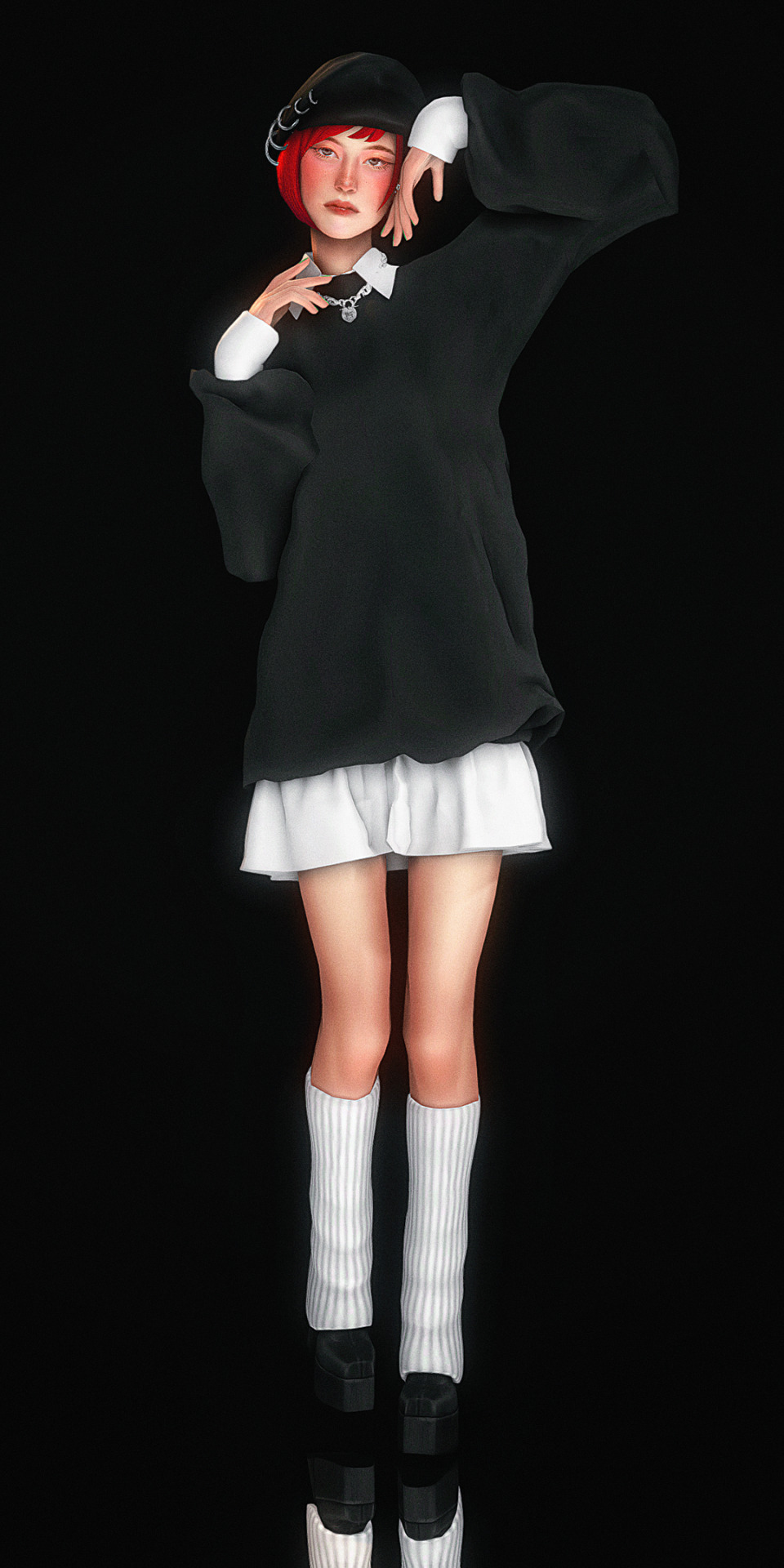
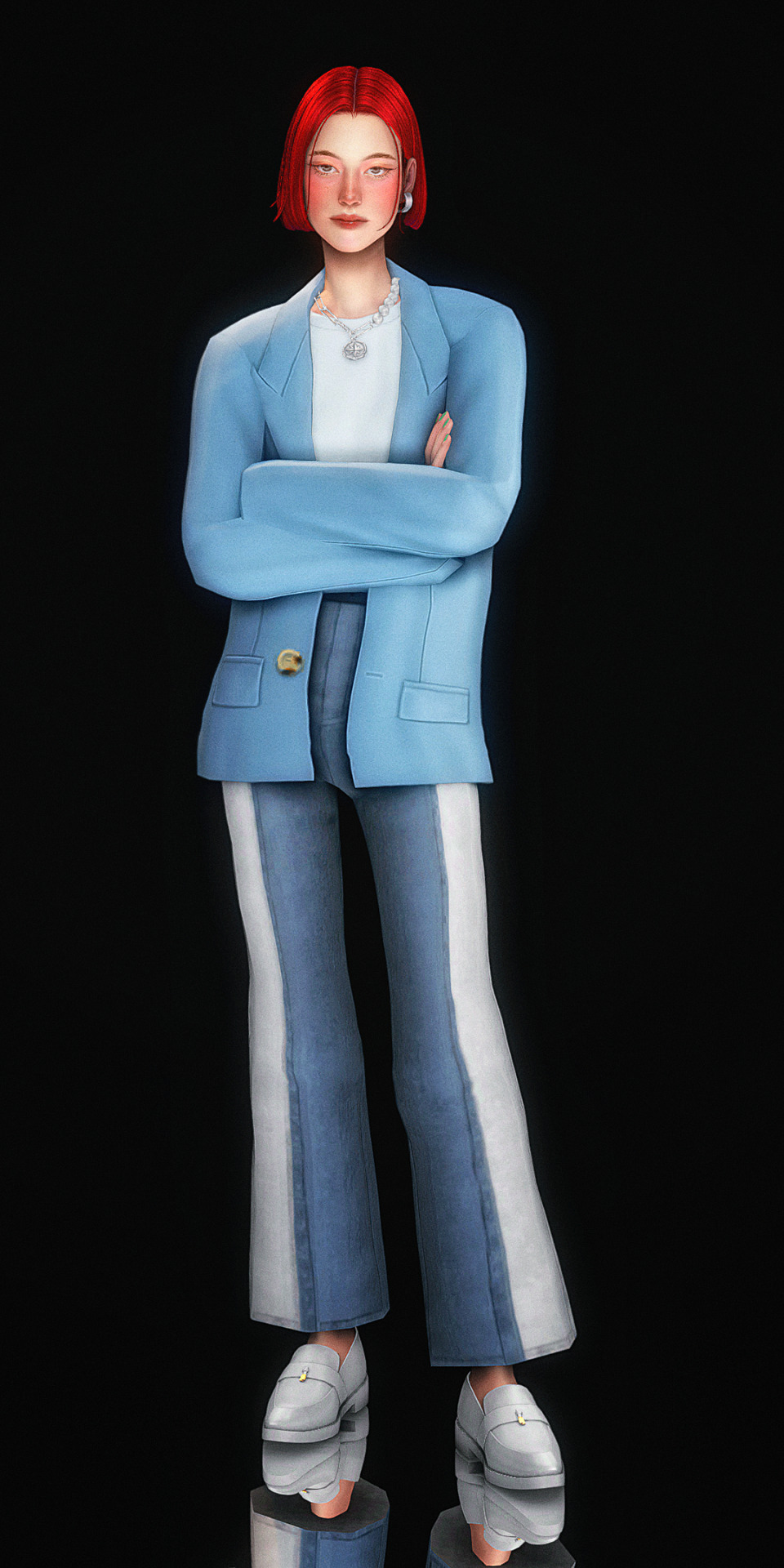
sage-vory sweet 🍬
433 notes
·
View notes
Text

🦇atore.
#ts4#ts4 portrait#sims 4 cas#the sims#simblr#nː#townie makeover#lilith vatore#caleb vatore#get it? bat emoji shaped like a “v”#nevermind
1K notes
·
View notes
Text

tender love.
238 notes
·
View notes
Text

yuh.
170 notes
·
View notes
Text

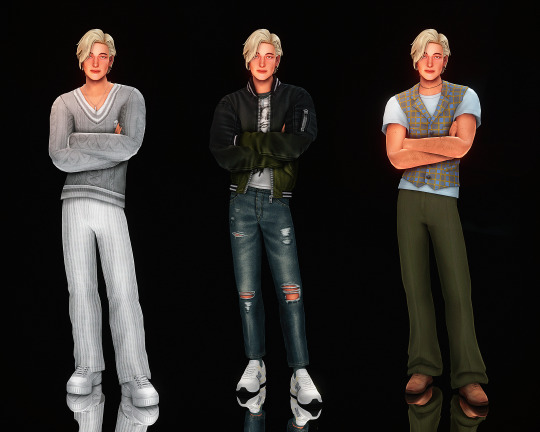
i owe college kian a hair dye experience >:[
#ts4#ts4 lookbook#ts4 portrait#sims 4 cas#the sims#simblr#nː#s: kian#look at the lil guy!!!!!! so soft so chewable argghhhhh#you know what? he dyed his hair in college :'))))) my house my rules#wanted platinum blonde initially but after one bleach he gave up 💀 his scalp was not having it at all so he backed out#the sensitive incident lasted for a week kian felt like his scalp was always inflamed of sort#after that he threw the whole dying hair idea out the window#so the color ended up like the first pic; the second one is if he'd gone all the way with the blonde c:
153 notes
·
View notes
Text
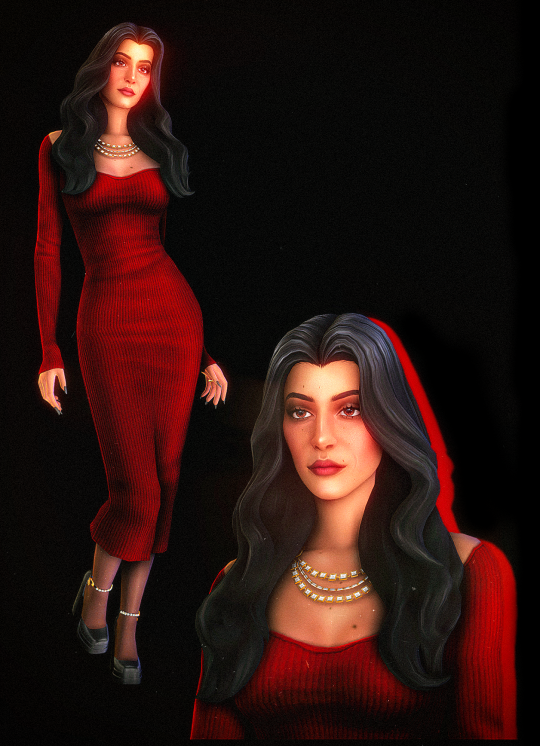
may i present to you: Mrs. Goth
#ts4#ts4 portrait#sims 4 cas#simblr#bella goth#townie makeover#EA revamped bella by giving her a swollen face#how dare you#nː
1K notes
·
View notes
Text




did a hotfix :')
#ts4#ts4 legacy#sims 4 cas#the sims#simblr#cier save#nː#s: davion#s: shaye#s: daphne#s: kian#queue this the exact same day i posted their first cas portraits 😭 gameplay progress? nonexistent 💀#glad i had kian's face sorted out cause i wasn't feeling it for a#loooooong time but didn't know how to fix it either
178 notes
·
View notes
Text


Lizzie's BAR.
378 notes
·
View notes

